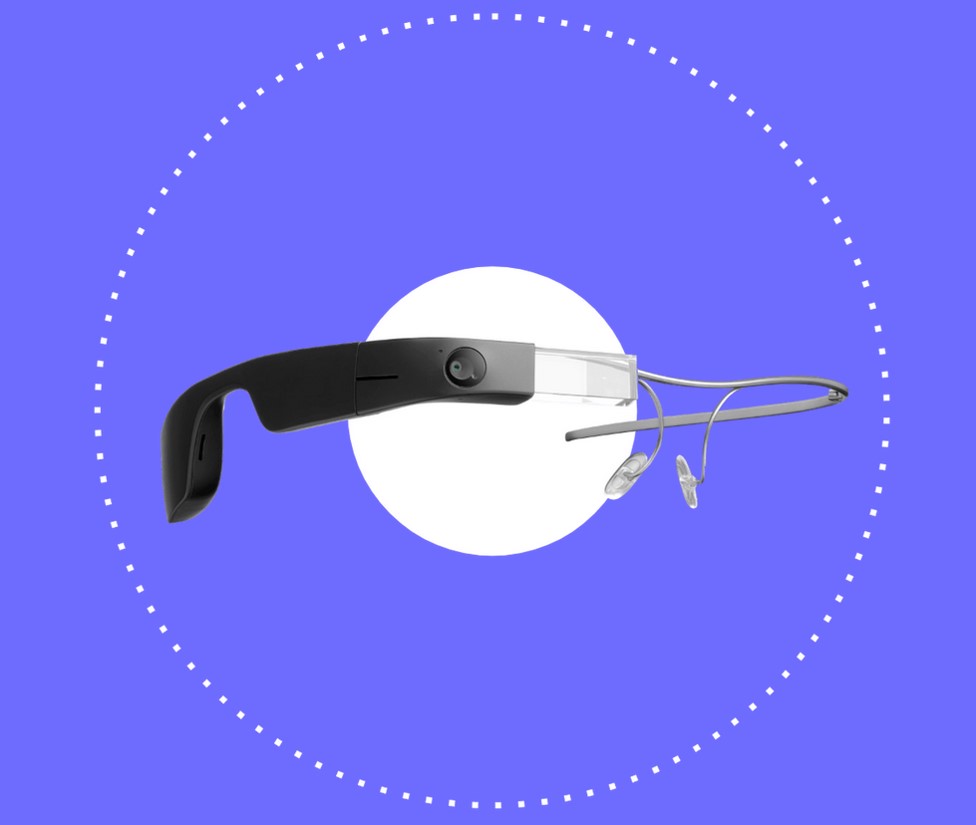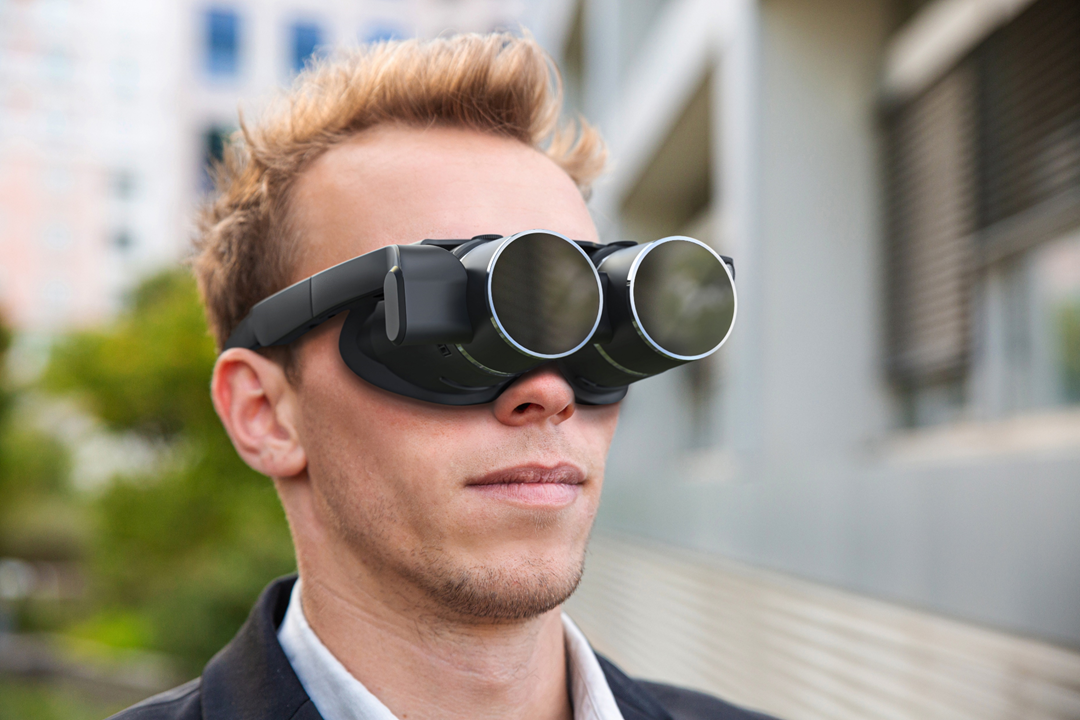Enhancing Availability Via Assistive Modern Technology for the Blind
The assimilation of assistive technology for the blind stands for an essential advancement in accessibility, basically modifying exactly how people browse their environments and involve with society. From display visitors to innovative smart walking canes, these tools not only enhance freedom but likewise promote inclusivity in various spheres of life. As we explore the diverse types of assistive gadgets and their substantial effect on daily living, it becomes vital to take a look at how recurring technical improvements are improving the landscape of support for the blind community. What implications do these developments hold for the future of accessibility?
Summary of Assistive Innovation
Assistive modern technology describes a variety of tools and software application designed to enhance the capacities of people with impairments, including those who are visually damaged or blind. This technology plays an essential function in promoting self-reliance and boosting the top quality of life for individuals. By providing alternate methods for accessing information and performing day-to-day tasks, assistive innovation empowers individuals to navigate their atmospheres better.
The growth and execution of assistive innovation embrace a range of concepts targeted at promoting accessibility. These principles consist of user-centered design, which focuses on the demands and preferences of the individual, and the assimilation of technology into everyday tasks. Such improvements make sure that assistive devices are not only functional however easy and likewise intuitive to utilize.
Moreover, assistive innovation includes a varied spectrum of remedies, from low-tech choices like magnifiers to sophisticated technologies such as display visitors and Braille screens. The continuous development of this area is driven by the requirement to resolve the distinct obstacles faced by individuals with visual impairments (Wearable technology for low vision). As technology proceeds to breakthrough, the capacity for enhancing availability and advertising inclusivity continues to be appealing, ultimately contributing to an extra fair society

Types of Assistive Instruments
Various types of assistive gadgets are readily available to sustain people who are blind or visually impaired, each designed to resolve details demands and obstacles. These gadgets can be generally categorized right into three primary kinds: low-tech, mid-tech, and sophisticated remedies.
Low-tech gadgets consist of things such as magnifiers, Braille labels, and responsive maps. These are relatively simple tools that improve the customer's ability to interact with their setting without calling for intricate technology.
Mid-tech tools typically involve advanced functions, such as electronic magnifiers and portable Braille note-takers. These devices can use performances like speech outcome, enabling users to access details a lot more effectively.

Influence On Daily Living
The accessibility of numerous assistive gadgets considerably boosts the top quality of life for individuals who are visually damaged or blind, impacting their day-to-day living in profound methods. By integrating technologies such as screen visitors, Braille shows, and audio summary services into their regimens, customers get better freedom and independence. These tools help with accessibility to info, allowing individuals to execute everyday jobs, such as reading e-mails, browsing public areas, and delighting in media material.
Additionally, assistive devices equip people to involve even more fully in social communications and area tasks. The capability to make use of smart devices geared up with access features enables smooth interaction and link with others. This connectivity promotes a feeling of belonging and decreases sensations of isolation.
In expert setups, assistive modern technology supports efficiency by permitting people to full work jobs successfully. Tools like voice recognition software application and specialized zoom tools enable individuals to get involved in the workforce on equal ground with their sighted peers.

Innovations in Modern Technology
Recent technological advancements have substantially changed the landscape of devices readily available for people that are visually impaired or blind. The combination of expert system (AI) and device understanding has triggered applications that boost navigating and object acknowledgment. For instance, mobile phone apps can currently utilize AI to recognize and explain environments in real-time, supplying users with valuable contextual info.
Additionally, improvements in haptic technology have resulted in the advancement of smart canes equipped with sensing units that discover barriers and offer responsive responses. This encourages customers to navigate kids eye doctor their setting with enhanced self-confidence and freedom. Advancements in text-to-speech software and braille screens have actually boosted the ease of access of electronic web content, enabling for seamless interaction with numerous media.
Wearable technologies, such as wise glasses, are also making strides in aiding aesthetic problems. These tools can give increased reality experiences, superimposing essential information onto the user's field of sight. Jointly, these developments not eye doctor near me only boost the high quality of life for individuals who are blind yet additionally promote greater incorporation in culture. As modern technology remains to advance, the possibility for also more transformative devices stays imminent.
Future Trends and Innovations
As modern technology rapidly proceeds, the future of assistive devices for individuals who are blind holds enormous pledge. Advancements in man-made knowledge (AI) and artificial intelligence are positioned to transform the way blind users engage with their settings. For example, AI-driven applications are being created to enhance item recognition, allowing individuals to determine and navigate their surroundings with greater simplicity and accuracy.
Moreover, innovations in haptic feedback modern technology are enabling the creation of tactile maps and navigation aids that give real-time details via touch. These innovations not only enhance wheelchair but also foster freedom. In addition, wearable devices geared up with enhanced reality (AR) functions are emerging, offering customers visual information via sound summaries, therefore bridging the void in between the physical and electronic globes.
Additionally, the combination of smart home technology offers brand-new chances for availability, enabling people to regulate their living atmospheres with voice commands or smartphone applications. sites As cooperation between technology programmers and the blind community continues, the emphasis on user-centered design will certainly guarantee that future advancements are tailored to meet the unique demands of this population (Wearable technology for low vision). The trajectory of assistive innovation assures a more empowering and comprehensive future for people that are blind
Conclusion
In verdict, assistive modern technology plays an essential function in enhancing ease of access for people with visual impairments. The diverse range of gadgets, consisting of display visitors and clever canes, significantly improves everyday living and cultivates freedom. Continuous innovations in modern technology and user-centered design make sure that these devices provide efficiently to the distinct requirements of the blind neighborhood. As advancements development, increased inclusivity and empowerment can be prepared for, inevitably enriching the quality of life for those influenced by visual problems.
The integration of assistive technology for the blind represents a critical advancement in ease of access, fundamentally modifying how individuals navigate their environments and engage with society.Assistive innovation refers to an array of gadgets and software made to boost the abilities of people with impairments, including those that are visually damaged or blind. Wearable technology for low vision.As innovation rapidly progresses, the future of assistive tools for people who are blind holds enormous assurance. The trajectory of assistive modern technology guarantees a much more empowering and comprehensive future for individuals who are blind
In verdict, assistive modern technology plays an important role in enhancing ease of access for individuals with aesthetic disabilities.